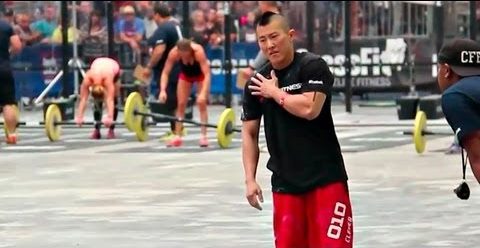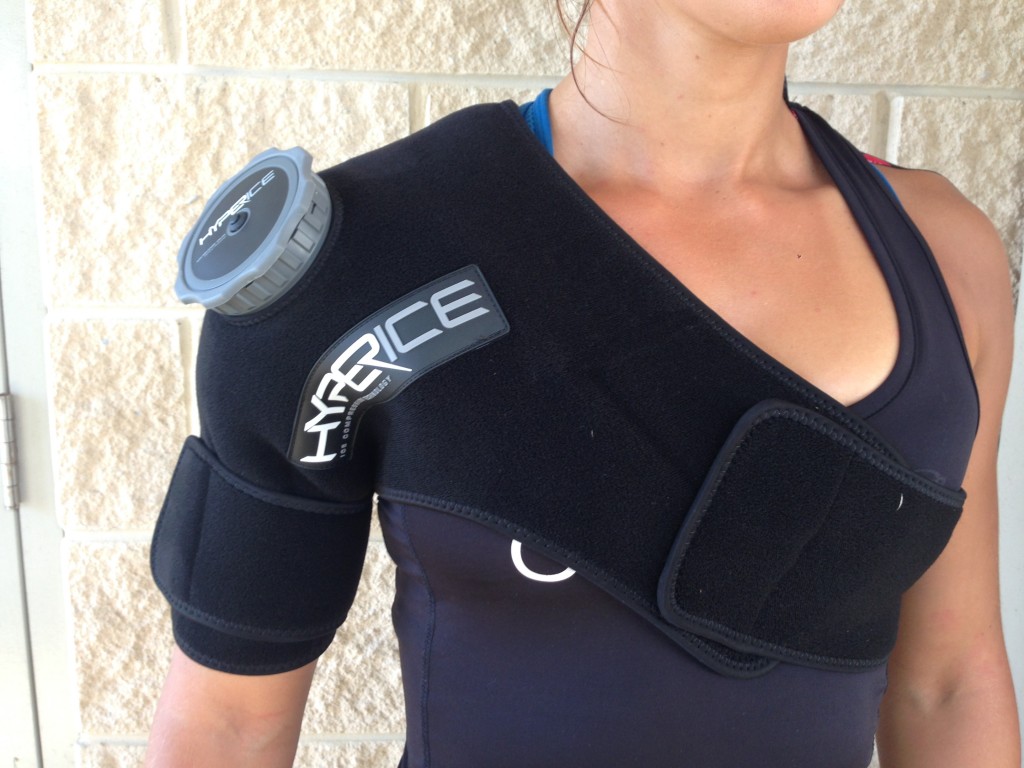
If you are an athlete, then you know that injuries are a part of the game. No matter how careful you are, there is always a chance that you will injure yourself. When this happens, it is important to follow treatment guidelines to ensure a speedy and complete recovery. In this blog post, we will discuss 8 steps to follow when treating common sports injuries.
How do sports injuries usually happen?
Sports injuries can occur in a variety of ways. Some common causes include: overusing a muscle or joint, incorrect technique during exercise, inadequate warm-up prior to physical activity, or direct contact with another player. Namely, for common tennis injuries, the rotator cuff, elbow tendinitis, and shoulder impingement are often caused by improper technique or overuse. On the other hand, a lot of sprains and strains occur as a result of twisting or overstretching. This can happen when players move their bodies in an unexpected direction or when they attempt to catch themselves after a fall. Then, of course, there are injuries caused by direct contact or collisions with another athlete.
1. Rest
The most important part of treating any injury is to rest the affected area. This will give your body time to heal and recover from the injury. Resting also includes refraining from activities that could aggravate the injury further. Instead, get cozy in bed and take it easy until the injury heals. A good way to measure if an activity is too strenuous is to ask yourself whether it makes the injury hurt worse. If so, then you should avoid that activity. This is the first and most important step in treating any sports injury.
2. Ice/Cold Therapy
Applying cold to the affected area is another way to reduce swelling and inflammation. Use a cold compress or wrap an ice pack in a towel, and hold it against your injury for 15 minutes every hour as needed. This will help reduce pain, swelling, and stiffness. When using ice, be sure to wrap it in a towel or cloth to prevent direct contact with your skin. Ice therapy should only be used for the first 48 hours after an injury occurs. If your injury is still painful or swollen after 48 hours, switch to using heat.

3. Compression
Compressive wraps are also very effective when treating sports injuries, as they help reduce swelling and inflammation. These wraps should be snug but not too tight, and you should aim to wear them for up to 8 hours per day. You can also use compression garments such as knee sleeves or elbow braces to provide additional support to the affected area.
For instance, if the compressed area turns blue or feels numb, then it is too tight. In this case, you should loosen the wrap and/or adjust it so that it’s not as tight. You want a compression wrap to be snug but not too tight.
4. Elevation
Elevating the injury will also help reduce swelling and inflammation. Ideally, you should elevate your injured limb above your heart while lying down or sitting up. Doing this will help reduce blood flow to the affected area, which in turn reduces swelling and inflammation.
For example, if you have an ankle injury, you can elevate it on a pillow while lying down and applying cold therapy. This will help reduce swelling and inflammation.
5. Exercise
Exercises are important for treating sports injuries because they help restore strength and range of motion in the affected area. Depending on your injury, your doctor or physical therapist will recommend specific exercises that are appropriate for your injury and fitness level.
When performing any exercises, it is important to listen to your body and not push yourself too hard. If an exercise feels too difficult or painful, you should stop immediately. The goal is to gradually build up strength without aggravating the injury.

6. Pain medication
Pain medications such as ibuprofen or acetaminophen can help reduce pain and inflammation in the affected area. Make sure to follow the instructions on the label when taking any type of pain reliever, and if your symptoms persist or worsen, make an appointment with your doctor. The type of pain medications you take will most likely depend on the type of injury you have and how severe the pain is. Be sure to check with your doctor before taking any medication. It is not recommended to take any type of pain reliever for longer than a few days without consulting your doctor first.
7. Physical therapy
Physical therapists are trained to help people with sports injuries recover and move safely without pain or further injury. They can also teach you exercises and stretches that will help restore strength and range of motion in the affected area.
Additionally, physical therapists can provide guidance on how to modify activities in order to prevent further injury. Make sure to follow your physical therapist’s instructions carefully and ask questions if you need clarification.
8. Surgery
In some cases, surgery may be required to treat a sports injury. Your doctor will discuss the pros and cons with you to determine if surgery is the best course of action. The preparation period for your surgery will depend on the severity of your injury and how quickly you need to return to activity.
Your doctor should be able to give you a timeline for when you can expect to resume activities after surgery. Additionally, they may recommend physical therapy or other rehabilitation programs to help with your recovery.
Always warm up and stretch before exercising
Avoid injuries in the first place by always warming up and stretching before exercising, using protective gear when necessary, and taking breaks when you need to. Following these steps will help ensure a safe and successful return to sports after an injury.
If you are ever unsure of what to do when it comes to treating a sports injury, consult with your doctor or physical therapist.
Following these 8 steps will help you recover from your sports injury as quickly and completely as possible. Remember to always listen to your body, and if at any point the pain or swelling worsens, make an appointment with your doctor. With the right treatment plan, you can get back to doing what you love in no time!


















Follow Us